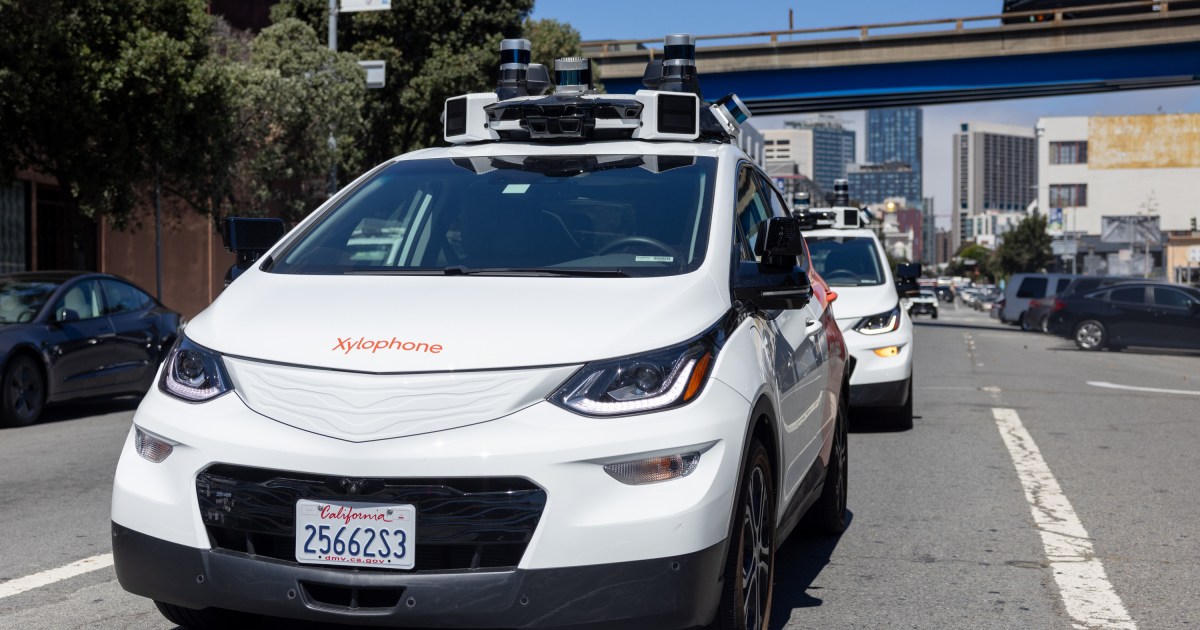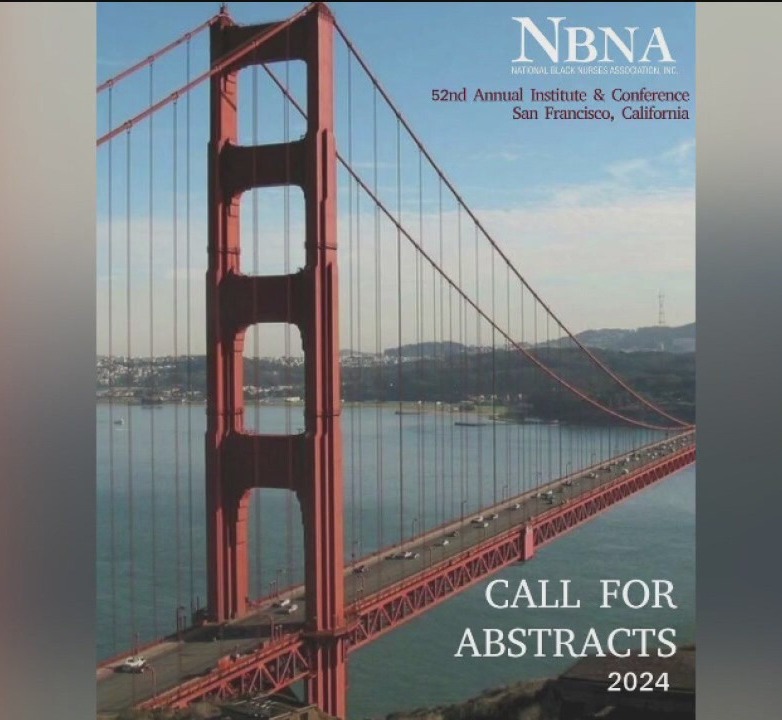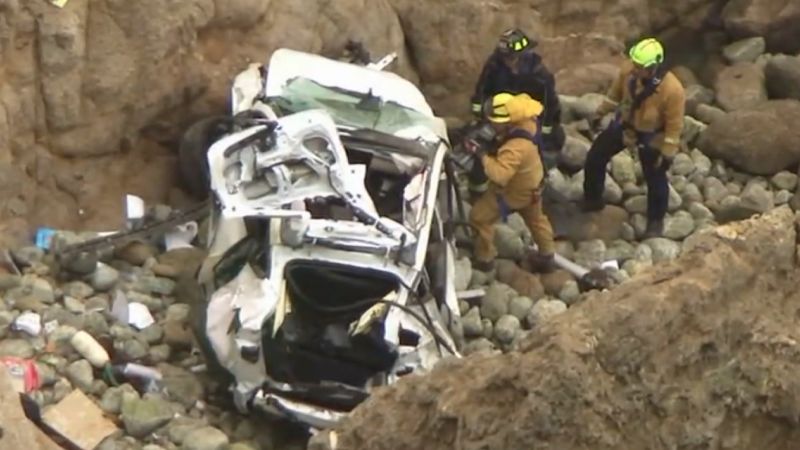Individual Dies After Robotaxi Blocks San Francisco Ambulance

Two stalled Cruise robotaxis blocked a San Francisco ambulance from getting a pedestrian hit by a vehicle to the hospital in an Aug. 14 incident, according to first responder accounts. The patient later died of their injuries.
“The patient was packaged for transport with life-threatening injuries, but we were unable to leave the scene initially due to the Cruise vehicles not moving,” the San Francisco Fire Department report, first reported by Forbes, reads. “The fact that Cruise autonomous vehicles continue to block ingress and egress to critical 911 calls is unacceptable.”
But a Cruise spokesperson told The Standard that “We did not impede the vehicle from getting to the hospital,” adding that, “What the fire department said is not accurate.”
The accounts say the incident happened in San Francisco’s SoMa neighborhood at Seventh and Harrison streets, close to a Cruise car depot. The ambulance driver could not quickly leave the scene with a critically injured patient due to the autonomous vehicles blocking the ambulance’s path, the report said.
Police “attempted manual takeover of the autonomous vehicles, but were unsuccessful,” the report stated. The fire department then had to ask police to move their patrol vehicles from unblocked lanes.
A pedestrian crosses Division Street in San Francisco as a driverless Cruise approaches them. | Source: Jeremy Chen/The Standard
Cruise spokesperson Tiffany Testo told SFGate one of the robotaxis cleared the scene, leaving a clear path for the ambulance.
It’s unclear which robotaxi company boasts a better safety record, yet Cruise cars appear to have had more incidents involving injuries, according to publicly available reports from the California Department of Motor Vehicles. Waymo and Cruise reported 103 and 68 collisions in San Francisco since Jan. 1, 2022, according to the latest records available from the DMV.
READ MORE: Waymo Robotaxis Crashed More Than Cruise in San Francisco, but Cruise Had More Injuries
Both Cruise and Waymo cleared the last regulatory hurdle toward full driverless deployment at a California Public Utilities Commission hearing in August that allowed both companies to charge for 24/7 driverless rides throughout the city, despite heavy protest from activists and taxi drivers. The state told Cruise to cut its fleet in half after a crash with a fire truck injured a passenger.




